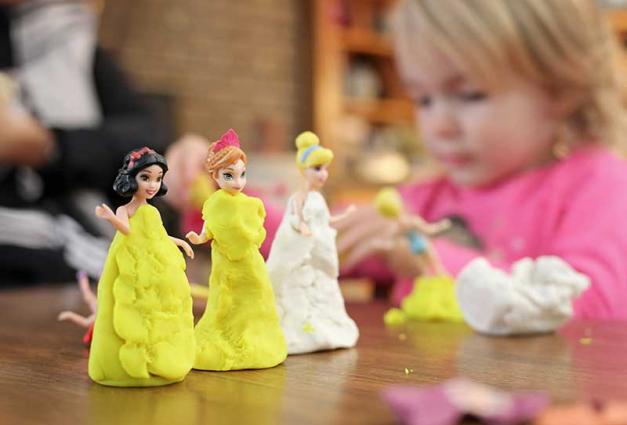Sweet Teenagers and Shameless Boomers? “Shady” Personality Characteristics across the Lifespan
Youth have been portrayed as reckless and ruthless for centuries, and older adults aren’t necessarily thought of as nice and considerate either (okay, boomer!). Other stereotypes suggest that, on average, men are less caring but also less manipulative compared to women. But what’s the truth about how antisocial, “shady” characteristics differ across age and gender? To find out, we studied the shady personality characteristics of egocentricity, manipulation, and callous affect in over 4,000 Dutch people who ranged in age from 11 to 77.
Age differences in shady personality characteristics may exist because some of the challenges people face in life are age-related. For example, people in their 20s often compete with others in establishing a career and finding a romantic partner, and competition may lead people to be more underhanded. But, older adults might be more likely to experience other major life changes—for example, related to their own health or the health of their spouse or friends—that increase their stress and make them less nice and considerate. Age itself, though, is just one factor; the historical context matters, too. Although every generation faces its challenges, being an adolescent during the COVID-19 crisis instead of floating through adolescence on a cloud of 1970’s flower power may also affect what you’ll be like by age 50.
Similarly, men and women may differ in shady personality dimensions because of biological, socialization, and historical factors that affect men and women differently. For example, parents often treat children differently depending on their gender as when they allow boys to behave more aggressively than girls. Although gender differences in parenting may be smaller than they were a couple of decades ago, they might still cause men to be more shady than women later on in life. Similarly, society may encourage interests related to aggressive and therefore shady tendencies more in boys than in girls, which may further intensify gender differences in these tendencies. For example, my male colleagues seem to be more excited about 1980s Hulkamania than my female colleagues. If such factors are less strong today than they used to be, gender differences may also be smaller in younger age groups.
We already knew something about age and gender differences in shady characteristics from research on differences in the degree to which men and women are warm, supportive, and agreeable. And, a good deal of research has been conducted on narcissism, which is certainly associated with shady behavior. The shady characteristics we studied went beyond being disagreeable and narcissistic. The first one, known as “callous affect,” involves being insensitive to other people and having little remorse when you do something bad. The other two characteristics were “manipulation”—frequently lying and using other strategies such as giving insincere compliments—and “egocentricity”—seeking special treatment and admiration from other people.
Overall, people in their 20s scored higher, on average, on the shady characteristics than baby boomers. However, keep in mind that we compared average scores between age groups. Although the group in their 20s was more shady on average than the baby boomers, within each group, we found a great deal of variability in shadiness. (You might remember that some of your high school classmates were quite shady, whereas others weren’t.) In fact, the shadiest boomer was still about as shady as the shadiest 25-year old.
On average, the youngest group of participants (11-13 year-olds) was the least shady. So, average levels for shady tendencies rose from the preteens through adolescence and appeared to peak among people who were in their twenties. Then, they declined through adulthood.
This pattern is interesting because previous research, including our own, had suggested that adolescents might become less shady as they get older because they become increasingly conscientious and “mature.” However, these new results suggest a more complex picture in that shadiness seems to increase in adolescents alongside increasing “maturity.” Perhaps competition for romantic partners and jobs promotes a mix of desirable, “mature” characteristics such as conscientiousness along with a bit of shadiness, but we don’t know yet whether that’s the reason for these age trends.
Our results for differences in shadiness between male and female participants were a bit surprising, as they were much smaller than you might have expected! Yes, the average man was perhaps a bit shadier than the average woman, but only by a small amount. And, the shadiest women were about as shady as the shadiest men!
Our findings provide some important nuances to common beliefs about age and gender. However, in absolute terms, the scores on our measures show that people were more likely to disagree than agree that they had shady characteristics. This suggests that, on average, people aren’t as bad as they are sometimes believed to be. They may just be less angelic at some points in their lives than at others.
For Further Reading
Klimstra, T. A., Jeronimus, B. F., Sijtsema, J. J., & Denissen, J. J. A. (2020). The unfolding dark side: Age trends in dark personality features. Journal of Research in Personality, 85, 103915.
Theo Klimstra currently is an associate professor in the Department of Developmental Psychology at Tilburg University, The Netherlands.




